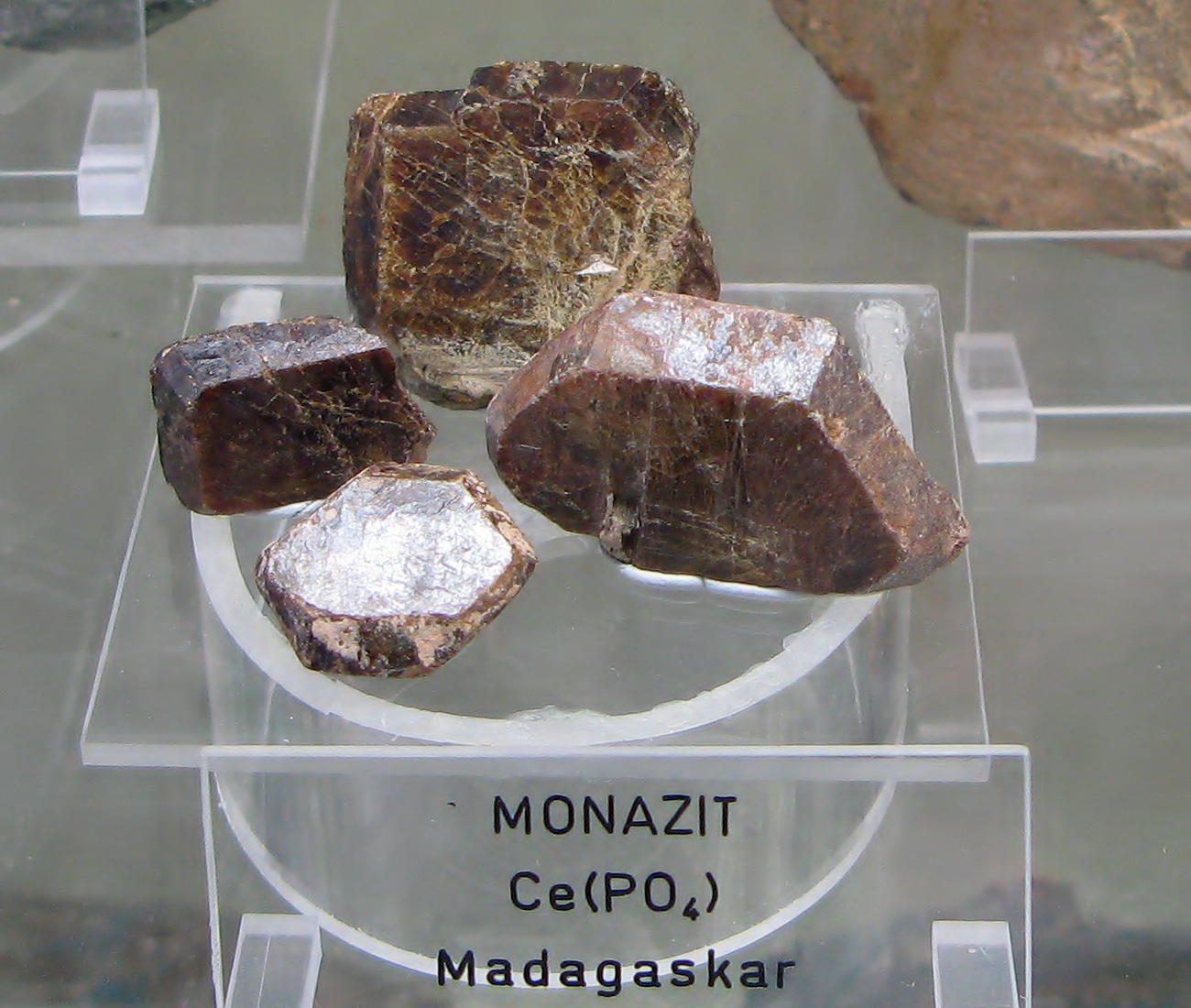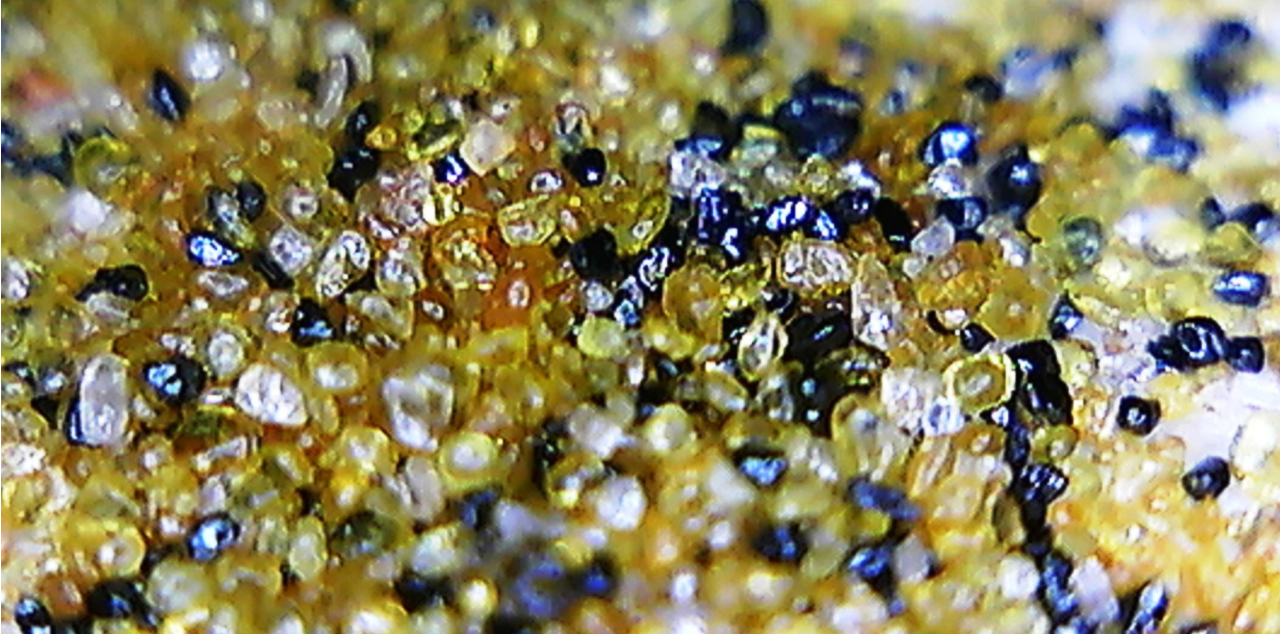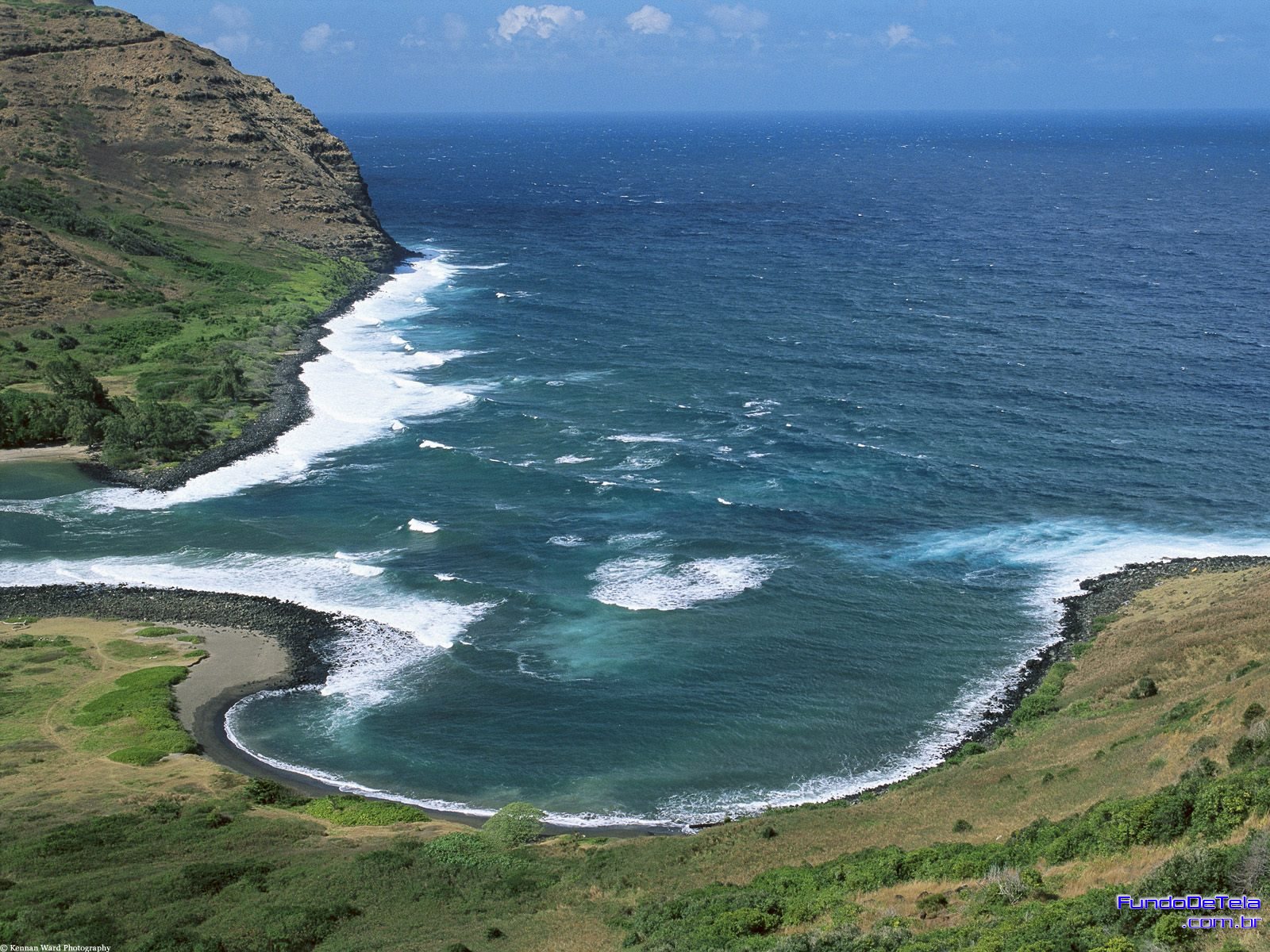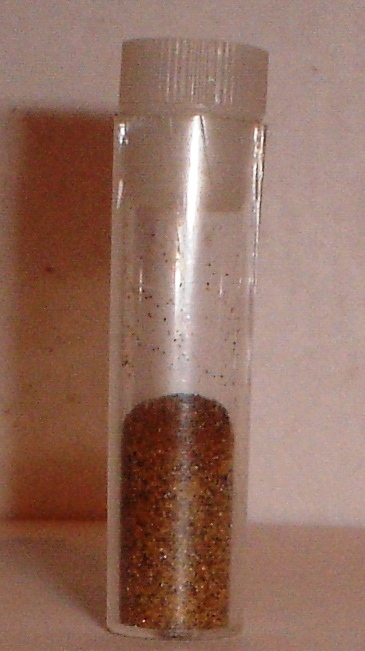
|
|
Minerals ~ Monazite
|
| Home ~ Menu |

|
Monazite - Locality: Madagascar
Displayed in the Mineralogical Museum, Bonn, Germany
Credit: Ra'ike
|
|
Monazite
Monazite
is a reddish-brown phosphate mineral containing rare earth metals. It
occurs usually in small isolated crystals. It has a hardness of 5.0 to
5.5 on the Mohs scale of mineral hardness and is relatively dense, about
4.6 to 5.7 g/cm3. There are at least four different kinds of monazite,
depending on relative elemental composition of the mineral:
- Monazite-(Ce), (Ce, La, Nd, Th)PO4 (the most common member)
- Monazite-(La), (La, Ce, Nd)PO4
- Monazite-(Nd), (Nd, La, Ce)PO4
- Monazite-(Sm), (Sm, Gd, Ce, Th)PO4
The elements in parentheses
are listed in the order of their relative proportion within the mineral:
lanthanum is the most common rare earth element in monazite-(La), and
so forth. Silica (SiO2) is present in trace amounts, as well as small
amounts of uranium and thorium. Due to the alpha decay of thorium and
uranium, monazite contains a significant amount of helium, which can be
extracted by heating.[3]
Monazite is an important ore
for thorium, lanthanum, and cerium. It is often found in placer
deposits. India, Madagascar, and South Africa have large deposits of
monazite sands. The deposits in India are particularly rich in monazite.
Monazite is radioactive due
to the presence of thorium and, less commonly, uranium. Because of its
radioactive nature, monazite is a useful for radiometric dating of
geological events, such as crystallization, heating, or deformation of
the rocks containing monazite.
The name monazite comes from the Greek μονάζειν (to be solitary), via German Monazit, in allusion to its isolated crystals.
SOURCE |
|
Monazite Sand, Guarapari, Espírito Santo, Brazil
Naturally radioactive black
sand on the beaches of Brazil. Below is a Youtube video showing the
radioactive levels. "I'm a Brazilian physicist and I used to swim very
often in this beach. Its name is "Praia da areia preta" (free
translation would be: black sand beach)" - Sandro Boschetti

|
Monazite Sand, Guarapari, Espírito Santo, Brazil
Monazite : (Ce,Nd,Y,Dy,Sm,Nd,Th)(PO4), Ilmenite : Fe2+TiO3,
Magnetite : Fe2+Fe3+2O4, Rutile : TiO2, Quartz : SiO2
Source: Mindat.org
|
Brazil 2012: Sunbathing on Radioactive Beaches
 Praia da Areia Preta Black Sand Beach, Brazil
Praia da Areia Preta Black Sand Beach, Brazil

It
was Prof. Henry Gorceix, founder of Ouro Preto School of Mines, who
first investigated the monazite sands in Brazil, as published in the
annals of "School" in 1884 and 1885 and communication to the Academy of
Sciences of Paris- France. Gorceix received samples of yellow sands of
Caravelas Beach and Meadow in Bahia, which were sent by the geologist
Orville Derby, the National Museum of Rio de Janeiro. These samples were
collected by a sailboat commander of Firma E. Johnston & Co., that
was sent to John Gordon engineer, director of the firm. Gordon
possession of the results of the analysis sought to market for
application, but only in 1886, when came the incandescent shirts AUER
for gas lighting in which they were used lanthanum salts, yttrium,
zirconium and magnesium Swedish minerals, then replaced by Tory of
monazite sands of Brazil. ~ SOURCE
Brazil 2012: The Secret of the Radioactive Sand
|
|

Click on Image
for Listing
|
Mineral & Gemstone Chips in Mini Bottles
These little bottles contain top quality mineral and gemstone chips from our tailings. We high grade the material. Click on
the image to see the full
listing of available specimens
Price: Marked under
Specimens
Availability: Coming Soon
These
Mini
bottles are created from samples of sand we have acquired from Brazil.
Availability is limited at this time so watch our pages for updates
|
|
|
|
|
TOP
|
